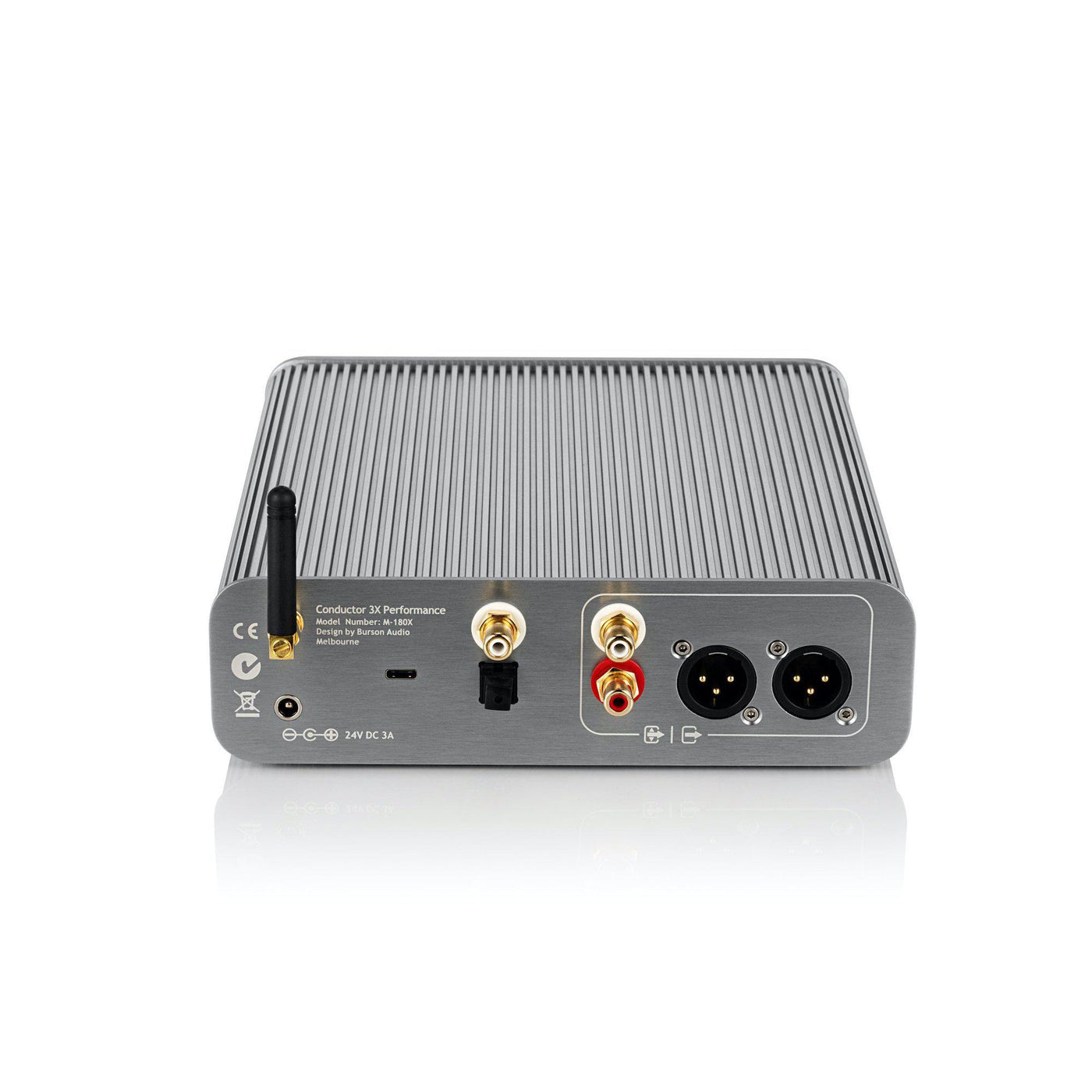

By providing multiple servers, an organization can load-balance traffic as well as provide critical failover capacity. Cluster health is a major aspect of these scenarios.Ĭlustering is a valuable and sometimes crucial feature of IBM Sterling B2Bi’s bag of tricks.

Every good administrator thinks through scenarios, constantly spinning themselves tall tales in order to be prepared for any occurrence.

It may sound far-fetched, but preparing a network is all about planning and loss mitigation. Now you’d really have a problem if this was real. An hour later, the lonely remaining server runs out of RAM, core dumps, and halts. Jobs begin backing up in the overworked queue.
#Sterling sound reference file full#
The NIC hiccups, locks its driver, and now it’s down.Īnother server begins receiving the full load of both systems, as the load balancer begins failing over traffic to the only functioning node. Without notice, a micro-surge from a cooling unit cascades through a network switch into one of the server’s network cards. Banks of servers hum in their racks, united in their work. The Nashville location opened 2018.Imagine if you will-your busy data center. After spending a total 50 years living in New York City, and near the end of their 20-year lease with the Chelsea Market, Sterling Sound decided to split up into two different locations: one in Nashville, Tennessee (with two mastering studios) and the other in Edgewater, New Jersey (with six). Calbi then moved to the Chelsea suite and, in January 2002, the move to Chelsea was completed followed by closure of Broadway.įast forward to 2018. Following Hulko's retirement the Studio began its move to Chelsea district of Manhattan in February 1999, being joined by Chris Gehringer (from Hit Factory) at the 1790 Broadway suite, along with Chris Athens in March. In 1998 Murat Aktar, of Absolute Audio, joined forces with Jensen, Calbi & Coyne to purchase the facility from Hulko - in partnership with Metropolis Studios Palmaccio leaves. In 1995 Joe Palmaccio joined (from Polygram Studios). Four years later, Calbi departed to join Masterdisk and was replaced by Tom Coyne (from Hit Factory Mastering). In 1980 the facility was updated to digital and, in 1990, Paschek departed and sold his shares to Hulko. In 1977 the Company again moved to 1790 Broadway, offering 5 suites with the latest state-of-the-art acoustics, where they were joined by José Rodriguez. George Marino joined the Company in 1972, after which Ludwig departed in 1975 to join Masterdisk - being replaced in the same year by Greg Calbi (from Master Cutting Room) and Ted Jensen (from Mark Levinson's MLAC), the latter taking over much of Hulko's mastering, whose tasks had turned to technical & management duties. Bob Ludwig joined in 1969 and the facility then moved in 1970 to larger premises, offering two mastering suites, in the Screen Actors Guild building at 110 West 57th Street. Sterling was founded by Lee Hulko & Joachim "Joe" Paschek in October 1968, with the studio at 56 W. The studio is also identified as " SS", sometimes quite small and the "SS"s' at Sterling Sound appear only at the end of 1969, followed by the first appearance of the small stamped " STERLING".įor the company, please consider using Sterling Sound Inc. Regarding vinyl runouts, " STERLING" may be found either stamped or hand etched. The former location opened sometime in 2018. However, in 2018, the company decided to split up into two different locations: one in Nashville, Tennessee, and the other in Edgewater, New Jersey.

Sterling Sound is a US-based mastering firm that has, to date, been responsible for the mastering of more than 28,000 vinyl records, CDs, and cassettes since 1968.


 0 kommentar(er)
0 kommentar(er)
